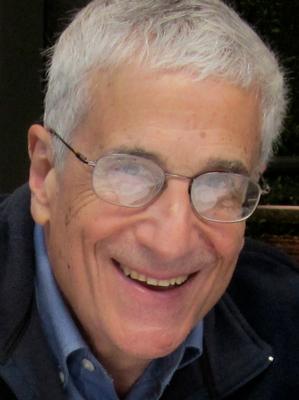
Professor of Physics Emeritus Philip Pearle and Daniel Bedingham of Royal Holloway, University of London, published a paper titled “Continuous-spontaneous-localization scalar-field relativistic collapse model.” The paper appears in the October 1 issue of the American Physical Society’s new on-line journal, Physical Review Research (Vol. 1, No.3).
Pearle is the author of a theory called Continuous Spontaneous Localization (CSL), which modifies the standard quantum theory (SQT). SQT predicts the probabilities of the various possible outcomes of an experiment. But a single outcome is what actually occurs, and SQT is unable to describe that or explain how it comes about. CSL does describe a single outcome and provides a mechanism to explain how that comes about.
According to Pearle, CSL is a non-relativistic theory – for example, the theory holds on earth and on a moving train provided the train’s speed is not too fast (i.e., much less than the speed of light). However, Einstein’s theory of special relativity maintains that theories should hold on the train no matter what the train’s speed.
“This paper explores a CSL-type model consistent with special relativity, showing for the first time that, indeed, there is a mechanism which describes a single outcome,” Pearle said, “although the model has a defect that is inconsistent with experience, namely, particles of all momenta are generated out of the vacuum.”
Posted October 30, 2019
